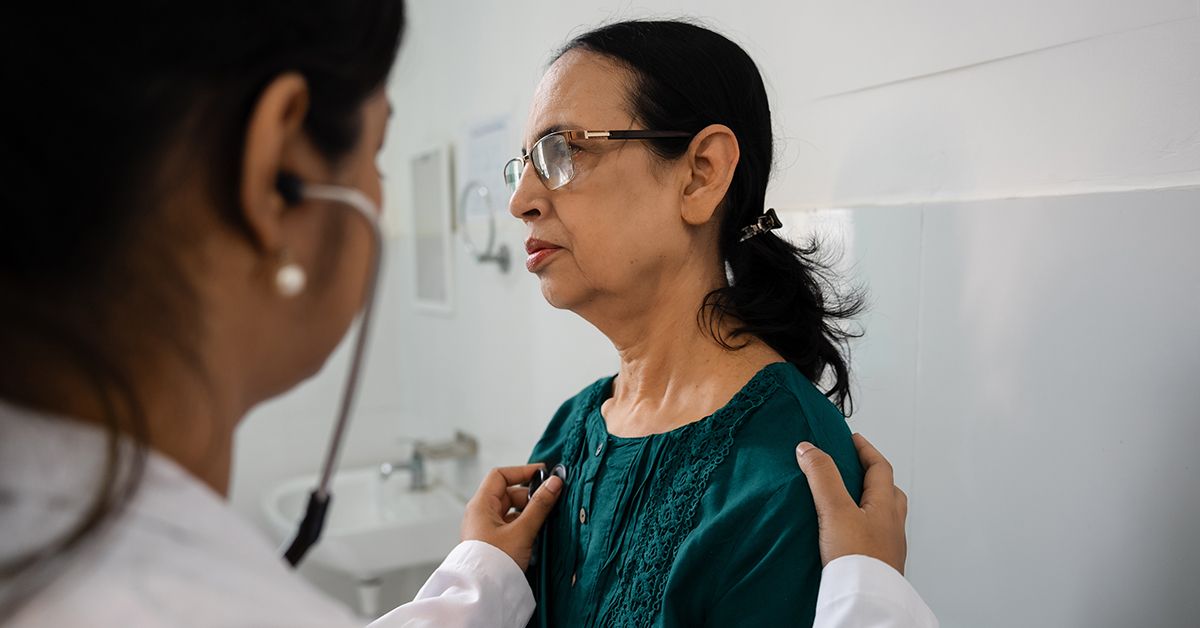When clinicians assess heart attacks in younger patients, they often assume the cause is the same as in older adults: artery blockages from cholesterol buildup. A 15-year Mayo Clinic study called OCTOPUS (Olmsted Cardiac Troponin in Persons Under Sixty-six) challenges that assumption, especially for women.
Between 2003 and 2018 researchers reviewed every person age 65 and under in Olmsted County, Minnesota, who had elevated troponin, a blood protein released when heart muscle is injured. By including all troponin-positive events rather than only classic chest-pain cases, the team captured 4,116 events in 2,790 people. Two cardiologists reviewed records, imaging, and coronary angiograms for each case; disagreements were resolved with additional experts. Cases were classified into six causes: atherothrombosis (traditional artery blockage), spontaneous coronary artery dissection (SCAD), embolism (clot from elsewhere), coronary artery spasm, supply–demand mismatch (secondary ischemia), and unexplained causes.
Key findings
– Causes differed sharply by sex. While 75% of heart attacks in younger men were due to atherothrombosis, only 47% of events in younger women were. The other 53% of women’s heart attacks were due to non-atherothrombotic mechanisms.
– SCAD was markedly more common in women, causing 11% of their heart attacks versus under 1% in men. SCAD was frequently missed: 55% of SCAD cases were initially misdiagnosed as atherothrombosis or unexplained events.
– Misdiagnosis matters because common treatments for blocked arteries, such as angioplasty or stenting, can worsen SCAD when the artery wall is torn.
– Overall heart attack rates were lower in women: 48 per 100,000 person-years versus 137 per 100,000 in men. For atherothrombotic events the rates were 23 versus 105 per 100,000.
– When women did have atherothrombotic heart attacks, angiograms showed similar disease burden to men, but women had higher rates of diabetes and high blood pressure, suggesting they may need more risk factors to reach the same level of arterial disease.
– Secondary heart attacks (triggered by other medical crises like severe anemia or very low blood pressure) carried the highest five-year mortality at 33%. SCAD patients in this study had no deaths during follow-up.
Clinical implications
The study suggests emergency departments and cardiology teams should broaden their diagnostic approach for younger patients, particularly women. Relying solely on protocols designed around older men with atherothrombosis risks missing or mistreating alternative causes. Accurate identification of SCAD, embolism, spasm, and secondary ischemia is essential because treatments differ and some interventions can be harmful if applied inappropriately.
Practical advice for patients and clinicians
– Be vigilant with symptoms. Young age or being female does not rule out heart attack. Seek immediate care for new chest pain, unexplained shortness of breath, severe exertional fatigue, lightheadedness, nausea, or pressure/discomfort in the jaw, neck, or arm.
– Women often have atypical heart-attack symptoms such as shortness of breath, nausea, indigestion, upper abdominal pain, dizziness, or fainting rather than classic crushing chest pain.
– Describe symptoms clearly and directly to clinicians (for example, sudden aching in the neck/jaw with nausea and dizziness) and state concerns about a possible heart attack to prompt appropriate testing.
– Request essential tests when warranted: an electrocardiogram (ECG) and cardiac troponin blood tests are key initial evaluations. If symptoms or findings raise concern, further imaging or coronary angiography interpreted with SCAD and other non-atherothrombotic causes in mind may be needed.
– If you feel your concerns are dismissed, ask for a second opinion or bring a trusted person to help advocate for thorough evaluation.
Conclusion
This population-based, troponin-driven study shows that more than half of heart attacks in younger women arise from causes other than traditional artery blockages. Recognizing these differences can prevent misdiagnosis, avoid potentially harmful treatments, and ensure patients receive appropriate, potentially life-saving care.


